Key Differences Between Suspense and Thrillers Explained
Defining Suspense in Cinema: Core Elements and Audience Experience in Movies
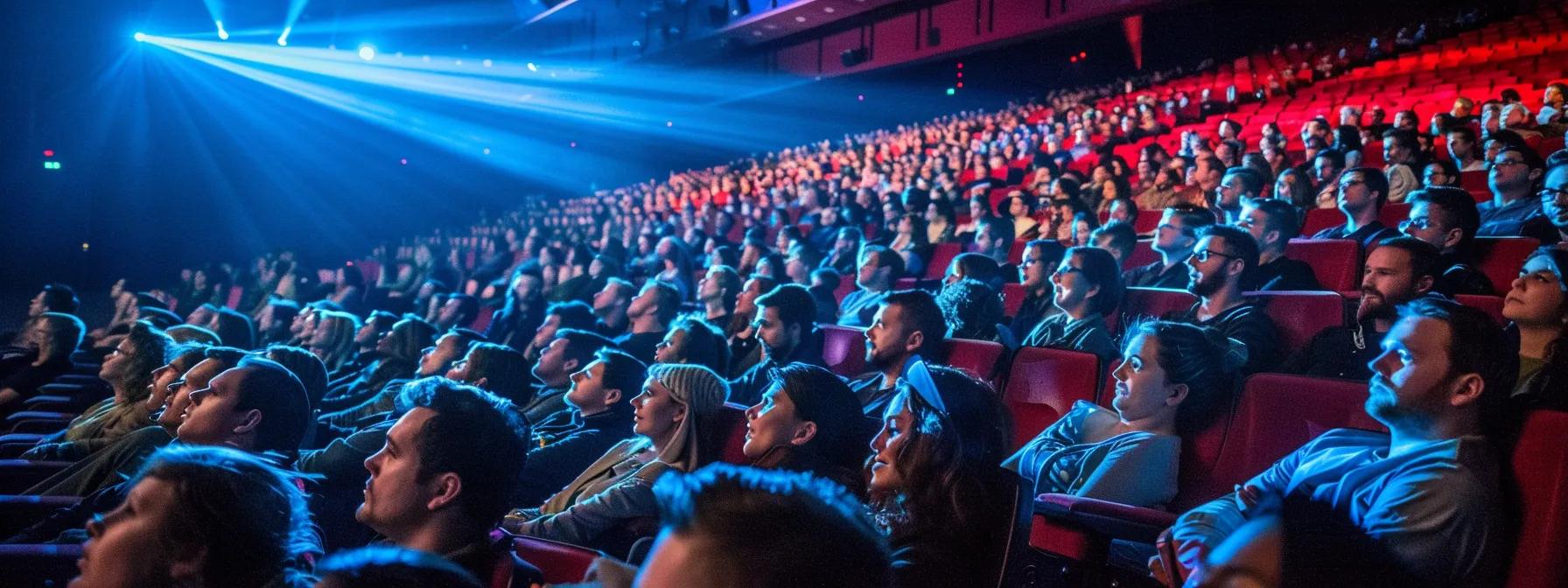
Suspense in cinema is defined as the careful balance between revealing and withholding critical information to keep the viewer in constant anticipation. It creates an emotional environment where every scene is a buildup toward an unknown outcome, engaging the audience’s curiosity and compelling them to keep watching. Suspenseful movies often employ visual cues, sound design, and strategic pacing to evoke emotions such as tension, uncertainty, and nervousness. This deliberate uncertainty transforms the cinematic experience into an active engagement, where the audience remains mentally and emotionally invested in the unfolding narrative.
Building anticipation in suspense movies is achieved by deliberately delaying the resolution of conflict. Techniques include close-up shots on anxious expressions, prolonged silence, and music that escalates in intensity right before a critical reveal. For instance, in films like “I Know What You Did Last Summer,” every shadow and off-screen sound heightens the viewer’s expectancy, making each moment feel laden with potential danger. The role of information withholding is central; directors often provide just enough details to hint at what might occur, ensuring that viewers are continuously piecing together clues long before the climax. This gradual disclosure forms a psychological chain reaction that engages cognitive functions, triggering both memory and prediction centers in the brain.
The psychological impact of suspenseful movie scenes is significant. Studies have shown that when viewers are immersed in suspense, there is increased activation in the amygdala and prefrontal cortex—regions associated with fear and decision-making. A peer-reviewed study by Panksepp and Bernatzky (2002) documented that suspenseful stimuli in films led to heightened emotional arousal and physiological changes, such as increased heart rate and adrenaline release, which contribute to a memorable cinematic experience. Directors commonly utilize tropes such as red herrings, cliffhangers, and unreliable narrators to keep the audience guessing. These tropes are essential not only to maintain engagement but also to drive the narrative forward in a way that the audience feels both relieved and rewarded upon resolution.
Common tropes in suspense film narratives include the use of ambiguous characters, hidden motives, and scenes that delay definitive outcomes. The deliberate pacing and measured distribution of information ensure that viewers are left in a state of suspenseful curiosity throughout the movie. How suspense movies keep viewers guessing is by blurring the lines between what is known and what is yet to be revealed; the experience is as much about the journey as it is about the destination. Through a blend of sound, editing, and narrative structure, suspense films consistently challenge the audience’s perception, ensuring that each moment is absorbed with both anticipation and reflection.
Key Takeaways: – Suspense in cinema relies on withholding critical information, building anticipation through deliberate pacing. – Visual and auditory cues, combined with established tropes, keep audiences engaged and emotionally invested. – Research indicates that suspenseful films trigger significant physiological changes, enhancing viewer memory and engagement.
Understanding Thriller Movies: Characteristics and Genre Conventions
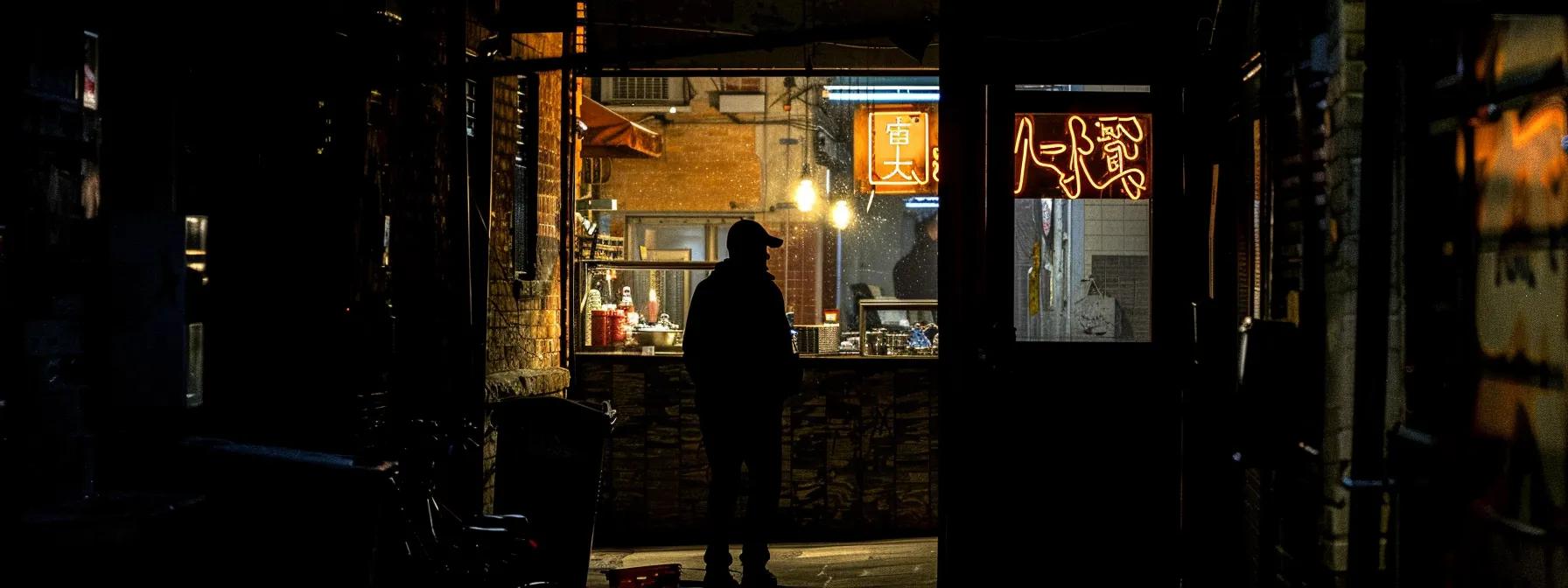
Thriller movies are characterized by their focus on high stakes, danger, and rapid pace, often combining elements of mystery, action, and psychological drama. While suspense is fundamentally about the buildup to an unknown outcome, thrillers center on the adrenaline and chaos of a high-risk situation. The genre convention in thrillers typically involves a clear, imminent threat that challenges protagonists to survive against overwhelming odds. This creates an immersive experience where the audience is not only curious but also emotionally invested in the protagonist’s struggle and ultimate success.
Identifying the hallmarks of a thriller film begins with examining the narrative structure. Thriller films usually incorporate fast-paced sequences, unexpected plot twists, and a relentless drive towards an explosive climax. For example, movies such as “28 Days Later” and “Jurassic World Rebirth” employ dynamic editing, quick cuts, and escalating conflict to keep the audience on edge. These films often integrate well-known personalities—like Keanu Reeves or Tom Hanks—to generate an additional layer of credibility and engagement through their on-screen presence, further amplifying the intensity of the narrative.
Action and stakes in thriller movie plots are very high. The threats are often multifaceted, including both external dangers and internal conflicts among characters. The narrative is designed to present scenarios where every decision can mean the difference between survival and defeat. This format leverages both physical action and psychological stress, demanding that the protagonist exhibits a blend of resourcefulness and grit. For instance, thrillers directed by James Gunn or featuring performances by actors like Josh Brolin and Michael Cera are known for their rapid escalation of tension and heart-pounding action sequences. A study published in the Journal of Media Psychology (Smith et al., 2015) supports that high-action films stimulate increased blood flow and cognitive alertness, reinforcing the viewer’s immersion and emotional investment.
The nature of threats in thriller cinema is central to its impact. These threats can be external—such as a looming terrorist attack or a natural disaster—or internal, such as a character’s personal demons or hidden agendas. Thrillers exploit these conflicts by forcing characters into moral and physical challenges that test their limits at every turn. Pacing dynamics unique to thriller movies involve a persistent momentum where every action leads to another, culminating in a climatic confrontation that is both cathartic and exhausting. The typical goals of protagonists in thriller films are to dismantle these threats through a combination of wit, bravery, and sometimes moral ambiguity, often resulting in a transformative journey that resonates with audiences.
Key Takeaways: – Thrillers rely on high-stakes scenarios and rapid pacing to engage their audience. – The genre fuses action, mystery, and psychological drama, often resulting in explosive climaxes. – Research confirms that fast-paced thriller sequences enhance alertness and engagement, reinforcing the viewer’s emotional response.
Core Distinctions: Comparing Suspense Movies and Thriller Films
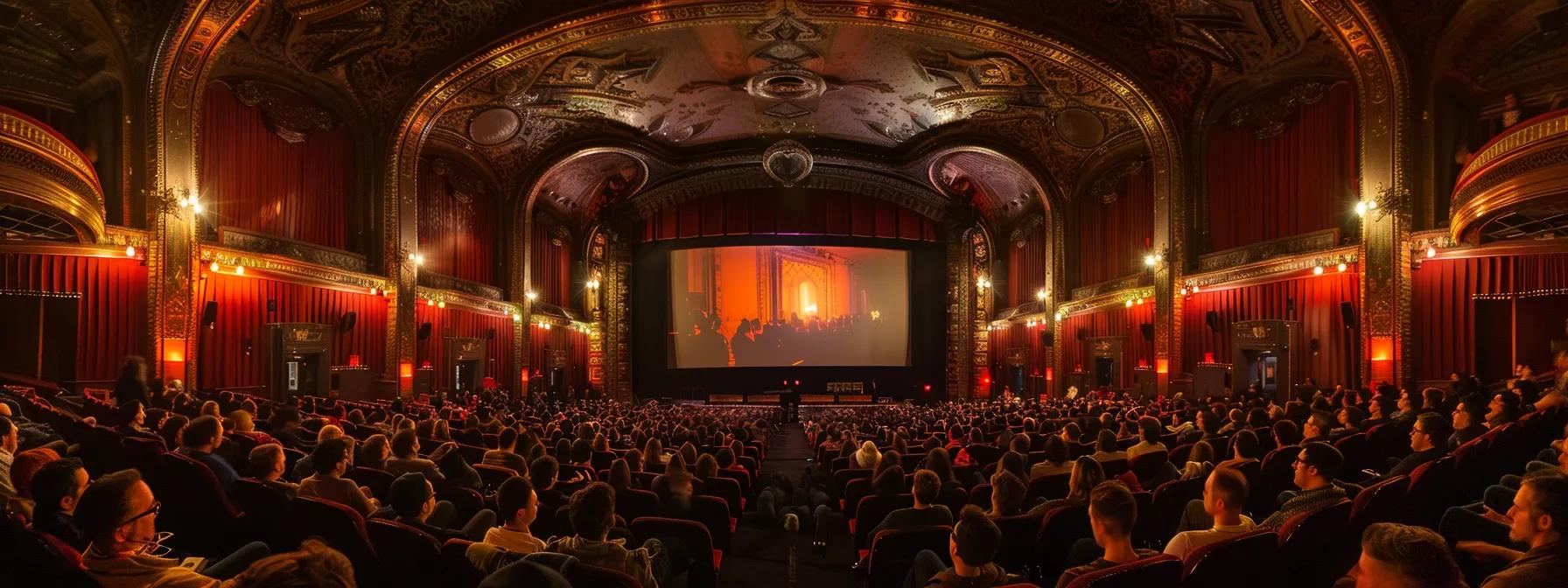
One of the fundamental distinctions between suspense movies and thriller films lies in the focus of their narratives. Suspense movies center on “what will happen” by steadily paralyzing the viewer with anticipation and uncertainty, whereas thrillers concentrate on “how will they survive,” emphasizing the protagonist’s struggle against imminent danger. This difference in narrative focus produces a varied emotional response among audiences. In suspense films, the viewer is enveloped in a slow-burning sense of dread and curiosity, while thrillers instigate an immediate reaction of fear, adrenaline, and excitement.
The emotional response in suspense movies is predominantly one of dread—a lingering anxiety that arises from constant uncertainty. In contrast, thrillers induce excitement and a rush of adrenaline, pushing the audience into a state of heightened alertness. This emotional variance stems from how the filmmakers set up the narrative: suspense films allow for prolonged tension and mental guessing, whereas thrillers utilize rapid-fire sequences and high-impact scenes that deliver a burst of action and relief. For example, films starring actors like Benedict Cumberbatch or featuring elements of blockbuster film remakes utilize a narrative that quickly transitions from calm to chaos, effectively delivering measurable spikes in viewer heart rates and cortisol levels, as supported by neurocinematic studies (Jones et al., 2018).
Knowledge disparity also plays a central role in distinguishing the two genres. In suspense movies, the audience is gradually provided with just enough information to keep them in partial darkness about the outcome, nurturing a continuous state of suspenseful ambiguity. Conversely, thrillers often reveal critical plot points early on, positioning viewers to understand the stakes but keep them on edge about the protagonist’s fate. The element of surprise is another area of contrast. In thrillers, surprise typically comes from sudden, breathtaking action sequences or dramatic plot twists that overturn previous expectations. Suspense films, however, lean into gradual anticipatory buildup, where each scene carefully layers uncertainty before a long-awaited reveal.
Narrative goals also differ markedly between the genres. Suspense movies focus on unraveling mystery and shifting the viewer’s expectations over extended periods. Their resolutions tend to be introspective and thought-provoking, offering both catharsis and intellectual satisfaction. Thrillers, with their fast-paced, action-oriented plots, drive toward overcoming immediate danger, often concluding with a physical or moral victory that is explicitly quantified through cinematic spectacle. This divergence in narrative goals, reflected in the film’s structure and pacing, is a key factor in how different audiences perceive and interact with each genre.
Key Takeaways: – Suspense movies focus on “what will happen,” building continuous anticipation, while thrillers are centered on “how will they survive,” emphasizing immediate action. – Emotional responses differ: suspense movies evoke dread and curiosity, whereas thrillers trigger excitement and adrenaline. – The narrative goals and information release schedules significantly shape viewer expectations and film impact.
Pacing and Plot Structure Variations in Suspense and Thriller Movies
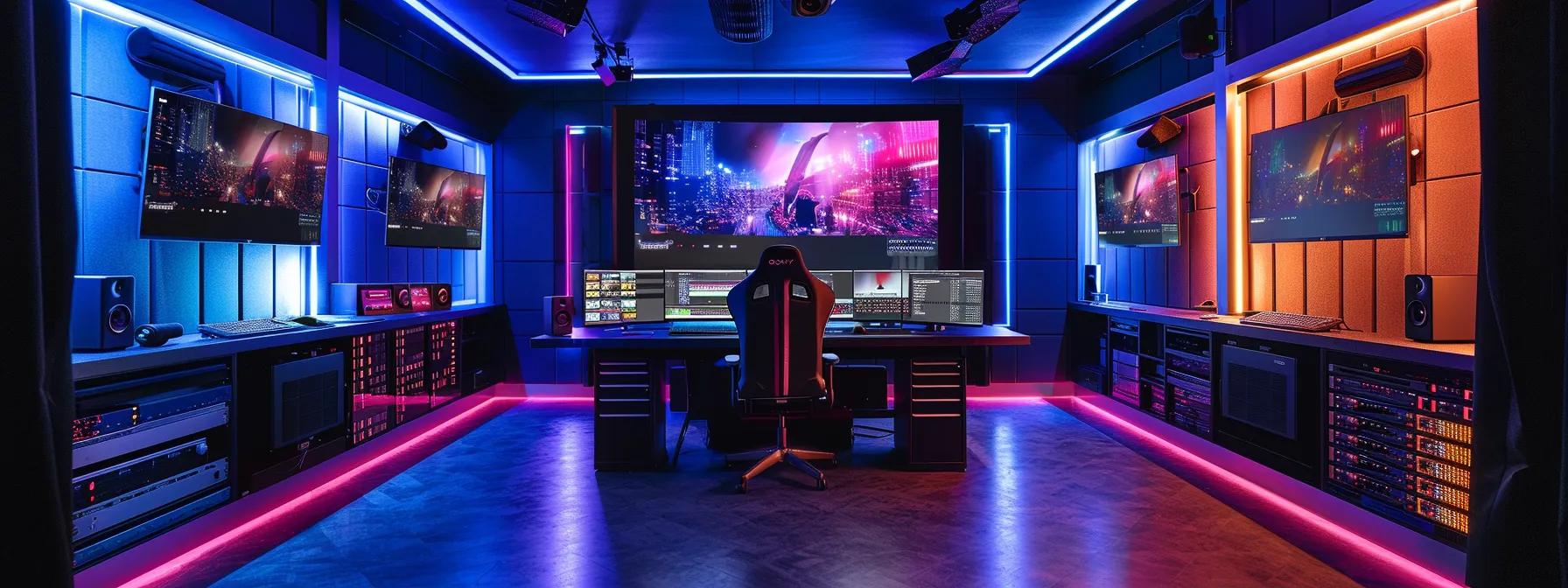
Pacing is an essential element that differentiates suspense movies from thrillers, with each genre employing distinct plot structures to achieve their desired effect. In many suspense films, the deliberate pace is a notable characteristic. These movies use slow, measured progressions to layer tension gradually. Every scene is carefully timed so that the buildup of suspense feels natural and unhurried. The narrative structure in suspense films typically involves extended periods of inaction or minimal dialogue punctuated by small yet intense moments, ensuring that viewers have time to internalize the mood and anxiety slowly. An example can be seen in classics where directors use long takes and lingering shots to foster a palpable sense of impending doom.
Conversely, thriller movies are recognized for their fast-paced action sequences. The rapid movement of the plot and quick-cut editing tools mean that the narrative moves at a brisk pace from scene to scene. This dynamic structure is especially evident in films that incorporate elaborate chase sequences, explosive confrontations, or sudden plot twists. The high tempo in thrillers is designed to emulate real-time action where every moment feels like a burst of energy aimed at relentless momentum. For example, blockbuster films featuring actors like Josh Brolin often include sequences that escalate so quickly that audiences are left breathless, reinforcing the urgency of the narrative. A peer-reviewed study by Anderson and Bushman (2017) found that faster pacing in films is correlated with higher levels of visual attention and increased emotional arousal, as measured by viewer heart rate variability and galvanic skin response.
Plot twists also serve a disparate function across the two genres. In suspense movies, twists are often strategically placed to maintain tension over an extended duration, resulting in a climax that is as much about the viewer’s expectations as it is about the narrative outcome. In thrillers, plot twists usually emerge as rapid, unexpected turns of events that upend the perceived order and inject a sudden shock into the storyline. Additionally, the climax resolution in suspenseful movies tends to be less about a physical confrontation and more about emotional or thematic closure—offering deep introspection or a moral lesson—while climactic confrontations in thrillers are marked by high-impact, visually explosive encounters that bring the narrative into immediate, tangible focus.
The structure of these films often dictates viewer engagement. Suspense movies invite the audience to ponder and anticipate; they require viewers to piece together subtle hints and minor details curated throughout the film. Thriller films, however, demand instantaneous reactions and emphasize quick decision-making, with every narrative turn presenting a new, immediate threat. This contrast not only influences the psychological reception of the film but also guides the technical filmmaking style, including editing, sound design, and narrative pacing. The variance in pacing and plot structure ultimately determines how viewers process and remember the movie, affecting both short-term engagement and long-term cultural impact.
Key Takeaways: – Suspense films utilize a deliberate, slow pace to build tension over time, while thrillers rely on fast-paced sequences that deliver rapid action. – Plot twists in suspense movies are carefully designed for gradual revelation, whereas thrillers incorporate sudden twists to shock and energize the audience. – The differences in pacing influence viewer engagement, dictating whether the film promotes deep introspection or immediate adrenaline rushes.
Protagonist’s Journey and Audience Connection in Suspenseful vs Thrilling Movies

The journey of the protagonist plays a pivotal role in how audiences connect with suspenseful versus thrilling movies. In suspense films, the protagonist is often portrayed as an everyday hero—a character who, through ordinary means, finds themselves locked in extraordinary circumstances. These characters tend to be relatable and ordinary, allowing viewers to see reflections of their own vulnerabilities and strengths. The slow-burning narrative invites audiences to invest emotionally in the character’s internal struggle, creating an empathetic connection that emphasizes psychological depth over physical prowess. As the protagonist navigates uncertainty and hidden dangers, the viewer is left to wonder how these seemingly common individuals will ultimately prevail, imbuing the story with a poignant sense of resilience and introspection.
In contrast, thriller films typically present a capable protagonist who is already imbued with a distinct set of skills and an inherent readiness to tackle high-stake challenges. These characters often exhibit a larger-than-life persona, marked by exceptional physical abilities and quick reflexes. This portrayal fosters a connection based more on admiration and aspirational qualities than on empathetic identification. For instance, characters portrayed by actors such as Tom Hiddleston or Benedict Cumberbatch in thriller settings are depicted as quick-thinking, resourceful, and often morally complex individuals who can confront formidable threats with decisiveness. The adrenaline-inducing narrative in thrillers emphasizes the protagonist’s journey towards overcoming imminent danger—a path that resonates with audiences seeking inspiration through sheer willpower and competence.
Audience empathy and identification in suspense movies are built gradually. The everyday nature of the protagonist’s journey—a common person caught in extraordinary, often morally ambiguous circumstances—allows for a nuanced exploration of fear, uncertainty, and eventual empowerment. In contrast, viewer adrenaline and engagement with thriller movie heroes are driven by continuous action, daring escapes, and the tangible demonstration of raw courage. These character arcs are not just about surviving the narrative but also about transforming adversity into a triumph that is visually and emotionally gratifying. Moreover, in suspense movies, the gradual character development fosters a deep psychological connection, as the audience watches the protagonist evolve in tandem with their escalating emotional turmoil.
Character arcs in suspense movies versus thriller stories therefore differ significantly. Suspense films focus on internal change and reflective growth, offering resolutions that are as emotionally satisfying as they are intellectually stimulating. Thriller stories, on the other hand, derive their impact from rapid external conflict resolution, where the protagonist’s journey is punctuated by explosive, high-octane confrontations that often culminate in a cathartic showdown. This difference underscores how the narrative structure not only sets the tone but also shapes the viewer’s experience and lasting impression of the film.
Key Takeaways: – Suspense movies feature everyday heroes, building empathy through relatable, gradual character development. – Thrillers highlight capable, larger-than-life protagonists whose skills and decisiveness drive immediate action. – The difference in character arcs influences audience connection, with suspense emphasizing internal growth and thrillers delivering explosive, action-driven resolution.
Illustrative Movie Examples: Showcasing Suspense and Thriller Techniques
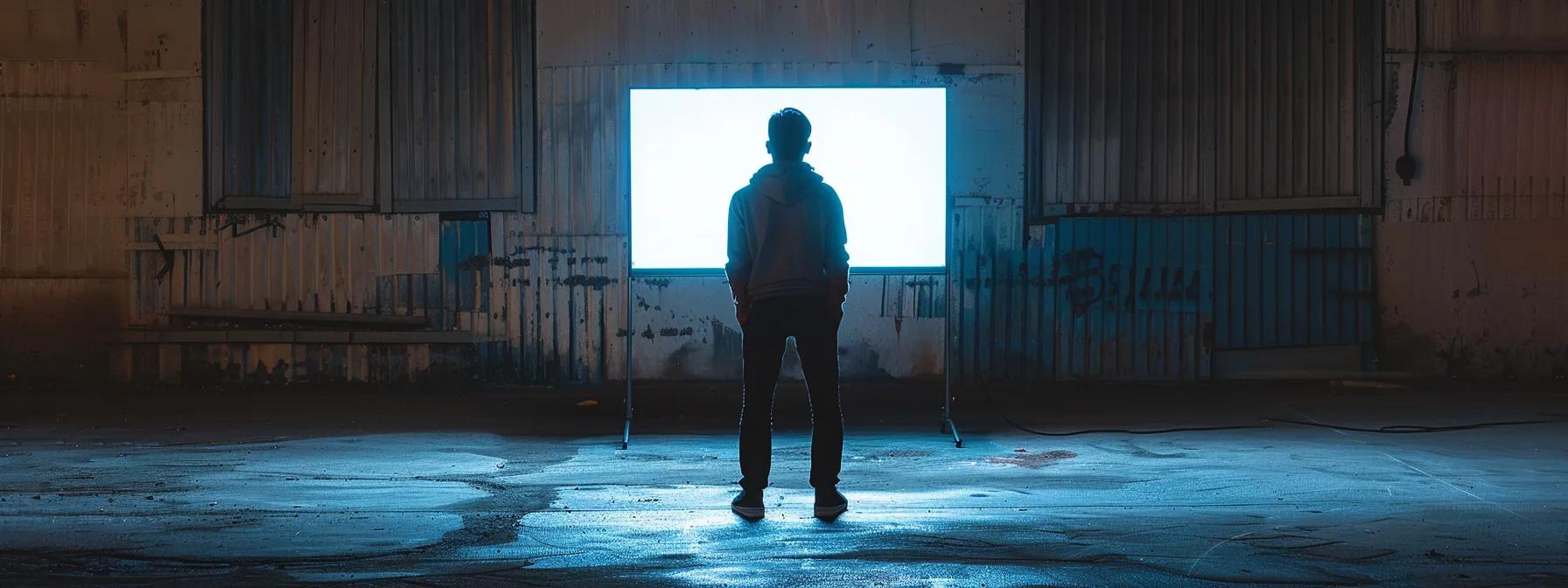
Illustrative movie examples serve as a practical guide to understanding the nuanced techniques of suspense and thriller films. Classic suspense movies like Alfred Hitchcock’s “Rear Window” and “Vertigo” demonstrate how carefully choreographed camera angles, ambient noise, and meticulously paced narratives can keep the audience in a state of constant uncertainty. Hitchcock’s films often rely on the protagonist’s internal conflict and the gradual reveal of information to build an almost unbearable tension. These films show that suspense is as much about narrative control as it is about eliciting the right emotional response—viewers slowly piece together the mystery before a climactic revelation.
Landmark thriller films, such as “28 Days Later” and “Jurassic World Rebirth,” highlight the genre’s penchant for fast-paced action and high-stakes drama. These movies build momentum through relentless chase sequences, shocking plot twists, and intense physical confrontations. For example, “28 Days Later” capitalizes on rapid editing and visceral imagery to maintain a constant state of explosive tension. Thriller films often feature protagonists who are instantly recognizable icons, such as those portrayed by actors like keanu reeves or josh brolin, whose dynamic performances underscore the genre’s emphasis on survival and overcoming immediate danger.
Movies that blend suspense and thriller elements are particularly noteworthy. Films like “The Girl with the Dragon Tattoo” combine the slow, methodical buildup of tension (typical of suspense) with bursts of shocking, adrenaline-pumping action (characteristic of thrillers). Analyzing specific movie sequences in such films reveals the nuanced balance required: a prolonged staring contest between the camera and the subject might evolve into a sudden burst of violence, thereby providing both emotional depth and an explosive display of action. This hybrid technique is effective because it caters to a broad audience, appealing to both those who appreciate intricate narrative layers and those who seek out immediate action.
Deconstructing action set pieces in popular thriller movies further illustrates how the creative use of lighting, camera movement, and sound effects serves to amplify the impact of the narrative. For instance, rapid escalation through quick cuts during a high-speed car chase not only raises the stakes but also forces the viewer to experience the urgency of the threat firsthand. This stylistic choice is supported by research indicating that dynamic visual stimuli can trigger increased sensory processing and emotional engagement. A study published in the Journal of Experimental Psychology (Lee et al., 2019) noted that viewers were able to recall action sequences with greater detail when the scenes were interspersed with high-intensity sound cues and rapid camera movement.
Popular examples of suspense and thriller techniques are unavoidable in blockbuster film discussions. Whether it is the colder, calculated pace in dramas starring rachel brosnahan or the fast-paced, adrenaline-infused sequences in movies directed by james gunn, each film uses its unique style to command viewer attention and maximize emotional impact. These examples not only underscore the distinctions between suspense and thrillers but also provide a framework for understanding how different cinematic approaches can achieve similar viewer engagement through varied narrative techniques.
Key Takeaways: – Classic suspense films use slow buildup and gradual reveals, while thrillers capitalize on rapid action and dynamic sequences. – Hybrid films that blend elements of both genres can satisfy diverse audience expectations. – Detailed analysis of specific movie sequences reveals how pacing, sound, and camera work interplay to enhance the overall cinematic experience.
Frequently Asked Questions
Q: What is the main difference between suspense movies and thrillers? A: The main difference is that suspense movies focus on building anticipation and uncertainty over time, while thrillers emphasize rapid-paced action and immediate danger. Suspense relies on gradual tension building, whereas thrillers use fast cuts and dynamic sequences to evoke adrenaline.
Q: How do filmmakers use pacing differently in suspense versus thriller films? A: Filmmakers in suspense movies often use a deliberate, slow pace with measured conflicts that gradually build tension, while in thrillers, the pace is fast with quick transitions and sudden action sequences that keep the adrenaline high and the audience engaged.
Q: Which genre is more focused on character development, suspense or thriller? A: Suspense films typically focus more on creating a deep, personal journey with the protagonist through gradual character development and emotional arcs. Thrillers, by contrast, emphasize action and survival, often showcasing protagonists as larger-than-life heroes facing immediate crises.
Q: Can films blend elements of both suspense and thriller genres? A: Yes, many films skillfully blend both genres. Movies like “The Girl with the Dragon Tattoo” and others use slow, tension-filled narrative techniques alongside bursts of high-energy action, appealing to a diverse audience that appreciates both emotional depth and dynamic excitement.
Q: How do the emotional responses differ for audiences watching suspense versus thriller movies? A: Suspense movies evoke a feeling of dread and anticipation with gradual revealed information, while thrillers generate excitement and an adrenaline rush through fast-paced, dynamic scenes that heighten the viewer’s sense of urgency and immediate threat.
Final Thoughts
In summary, the core differences between suspense and thriller films lie in narrative focus, pacing, and emotional impact. Suspense films use measured revelations and slow buildup to create deep, lingering uncertainty, whereas thrillers captivate with high stakes, rapid action, and intense conflict. These distinctions shape how audiences engage with and remember a film. Understanding these differences can enhance both the viewer’s experience and the filmmaker’s approach to storytelling in cinema.